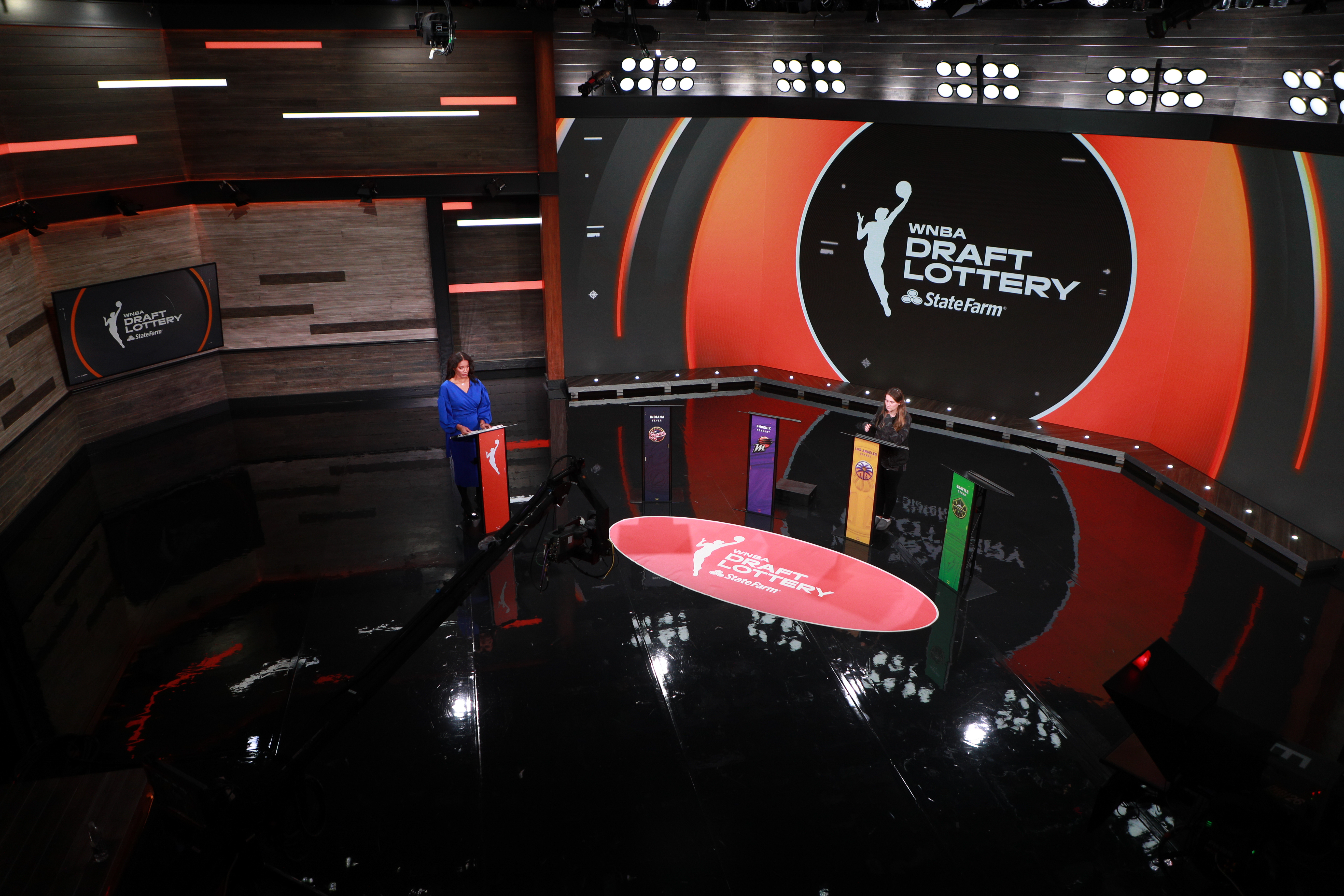SAN JOSE, Calif. (AP) — The girls will come in, often wide-eyed and eager, to get a feel for what the typical day of an elite gymnast looks like. After watching three-time Olympic medalist Aly Raisman make her way through another energy-sapping, mettle-testing, soul-draining workout, those same girls who dream of following in Raisman's footsteps often leave in tears.
"I feel bad that I'm supposed to be inspiring them and they don't even want to do it anymore," Raisman said. "I think people are surprised at how hard it is."
Six hours a day. Six days a week. Week after week. Year after year. Usually for as long as their bodies — not to mention their brains — can take it.
Raisman can joke about it now that she's on the other side of it. Her spot on a second Olympic team is all but assured when national team coordinator Martha Karolyi announces the five-woman squad late Sunday night. That giddy moment, however, will be quickly tempered by the reality that the most challenging four weeks of their careers await. Time off between now and the opening ceremonies in Rio de Janeiro will be scarce, if it exists at all.
The Grind is a rite of passage in the powerhouse U.S. women's program, one designed to end with tearful hugs on the podium with gold medals draped around their necks as "The Star-Spangled Banner" plays. It's a bid for glory that comes with an inherent risk as Karolyi and the coaching staff grapple with the question of how much is too much.
It's a fine line Karolyi believes she has found a way to straddle effectively while building a dynasty that hasn't lost a major international competition in eight years. She is unapologetic in her approach, one that places a higher emphasis on execution than repetition. During competition days the Americans are almost always done with their warm-ups first, part of Karolyi's directive to get it right and get out of there.
"Mentally you will be tired, but physically you are doing less when you're getting closer, then you can avoid overtraining," Karolyi said.
Sports
If anything, Karolyi appears to have mellowed as she nears retirement. Olympic champion Mary Lou Retton remembers throwing 70 vaults a day while training under Karolyi and her husband Bela before the 1984 Games. Back then there were no extra mats to help pad the landings to take some of the pressure off their joints, an added layer of protection that is standard today.
"I hit that (gold-medal winning) vault when I had to," Retton said with a laugh while pointing out that at 48 she's already had both hips replaced. "They train smarter and more efficient. I'm pretty beat up."
At this point in the Olympic cycle, "healthy" is a relative term. When the 2012 Olympic team arrived in London, reigning world champion Jordyn Wieber was dealing with stress fractures in her right leg. While the adrenaline took over during competition, she spent the majority of her down time in treatment and limited her practice routines. Though Wieber helped the "Fierce Five" roll to gold, she also failed to qualify for the all-around final, finishing as the third American behind Raisman and Gabby Douglas.
Now retired and serving as a volunteer assistant at UCLA (where she's also a student), Wieber doesn't believe she was overworked, calling her injury "inevitable" after thousands of hours in the gym. The severity of the pain didn't ramp up until the team arrived in London. With a lifetime goal finally in sight, Wieber bit her cheek and pressed forward.
"Everybody was banged up at the Olympics," she said. "I'm on the Olympic team already. I'm not going to give that up."
It's a mindset that can place Karolyi and her staff in a difficult position, particularly when it comes to teenagers who will likely have just one shot at their sport's biggest stage.
"Coaching gymnastics is such a small part of it," said Kim Zmeskal Burdette, who coaches national team member Ragan Smith. "It's reading their emotions, reading their body language. Are they just frustrated with this skill or is their body not functioning? It's hard."
Zmeskal Burdette would know. The 1991 world champion acknowledges she was "extremely intimidated" to speak up during her career, concerned any sign of weakness would damage her standing. While making a comeback in the late '90s, she ignored the throbbing in her shoulder — throbbing that eventually led to surgery — out of fear of getting passed up.
"If I say something, I don't get to do bars," she said. "I don't want to not do bars. My friends are going to do bars. They're going to get better at bars. I'm going to be stressed that I'm not doing bars. It kind of happens naturally."
Every single athlete at Olympic Trials has at some point been pushed to exhaustion at her home gym far away from Karolyi's watchful eyes. Raisman estimates she's done her boundary-pushing floor exercise "8 million times," which in her mind is only a slight exaggeration. There have been days she'll peel herself off the floor to go home and her father will need to pick her up because she can't muster the energy to get behind the wheel.
"I think people always say we train so much, but the system works," Raisman said. "You kind of have to push yourself to the point where you feel you can do your routine in your sleep. ... I'm not saying it's easy or it's fun. It's fun now that I've put in the work and it's all coming together."



